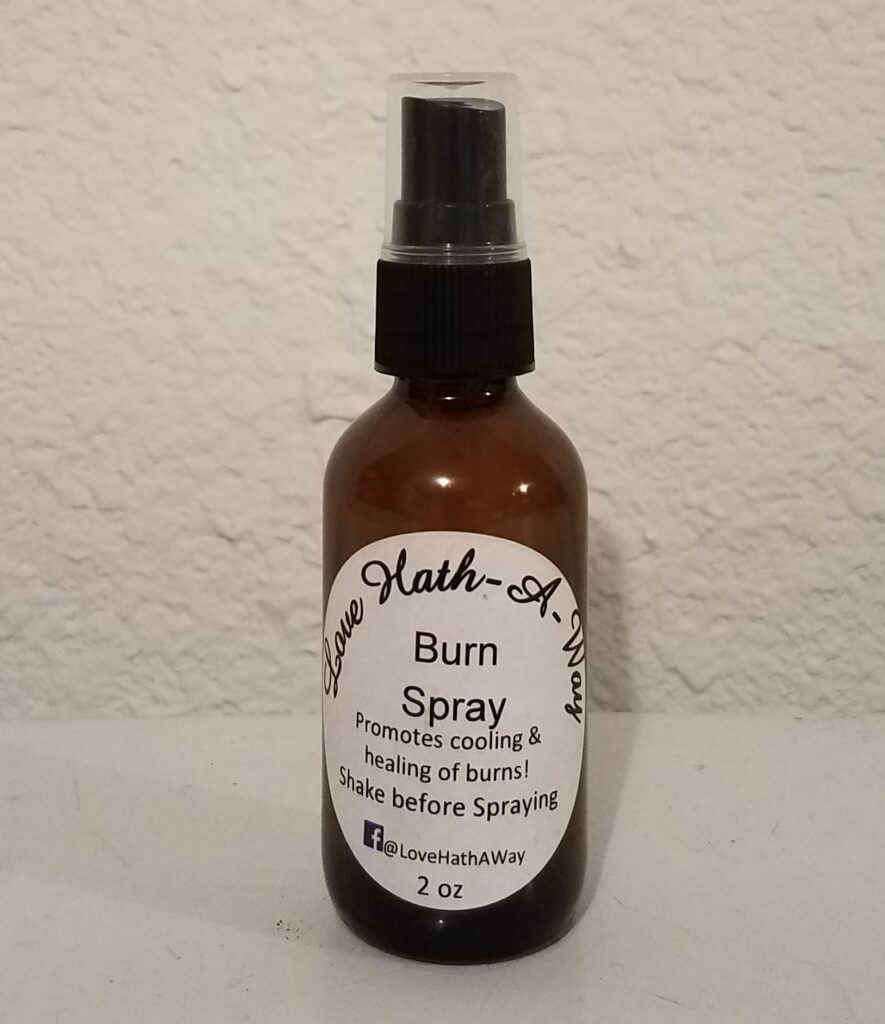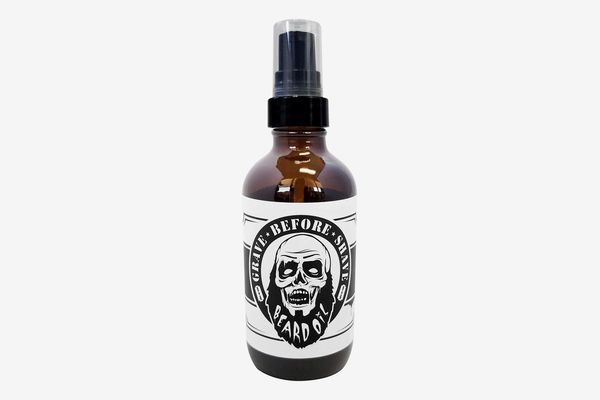

Update: As noted in Cindy's answer, I didn't follow the instructions in the referenced question because I didn't put the ghee/oil in the pan before the pan got hot. If ghee has a smoke point of 485 F, why would it burn just because it heats up rapidly?

I found the "Do you heat the pan first?" question somewhat helpful, but the answers don't really give scientific reasons for their responses.

Why does ghee (and probably also other oils) burn when put into a hot pan? What is the remedy for this? According to some of the answers to this question, I should either be putting in the ghee (or oil) into a cold pan or warming it or putting it into the pan once it's slightly warm, but not hot.

It immediately burned and smoked up my home. After the panned warmed on quite a bit (probably all the way), I put some ghee in the pan. I set my stainless-steel pan on the burner and set the burner about halfway between medium and high. If the seas get too high, in-situ burning will be discontinued.I was trying to make the scrambled eggs based on the answer found here. Generally, if the sea is two to three feet or less, in-situ burning is possible. In-situ burning can only be conducted when the weather conditions are favorable. Additionally, specially designed pyrotechnic devices (such as a Pyroid igniter or Dome igniter) can be released by hand from one of the ships towing the boom and allowed to float back to the oil, or it may be dropped by a helicopter on the oil. A Heli-torch is a device that is attached to a helicopter and aerial releases burning gelled fuel on the oil. Ignition of the oil can be accomplished in a number of different ways. The residues left in the boom after the burn is over will be recovered by conventional means. By controlling the rate of speed of the ships, the rate of the burn can be increased, decreased, or even extinguished. Oil is gathered inside the U, moved to a location away from the main spill and is set on fire. The boom takes on a U configuration as it is towed by the two ships at about three-fourths of a knot. The boom can be anywhere between 300-500 feet long. First, two ships deploy a specially constructed fire boom between them, one end attached to each ship. In-situ burning is always conducted under controlled conditions. For this reason, in-situ burning is conducted only when the winds are blowing away from or at sufficient distance from population centers. These emissions are rapidly dispersed and diluted downwind of the burn. Typically, 90-95 percent of the smoke is carbon dioxide, particulates account for 5-10 percent, with the remainder being primarily carbon monoxide, nitrous oxides and sulfur dioxide. The burning of oil converts oil into its primary combustion products, carbon dioxide and water, with a small percentage of unburned and residue by-products. By removing oil from the water surface, we are protecting birds, marine mammals, turtles, and the sensitive Florida coast from the effects of the oil spill.īurning oil spills produces a visible black smoke plume that may be seen for many miles. In-situ burning can remove approximately 100 gallons/day/square foot of surface area under ideal conditions. An effective way to remove oil from the surface of water is through controlled burning, called in-situ burning.


 0 kommentar(er)
0 kommentar(er)
